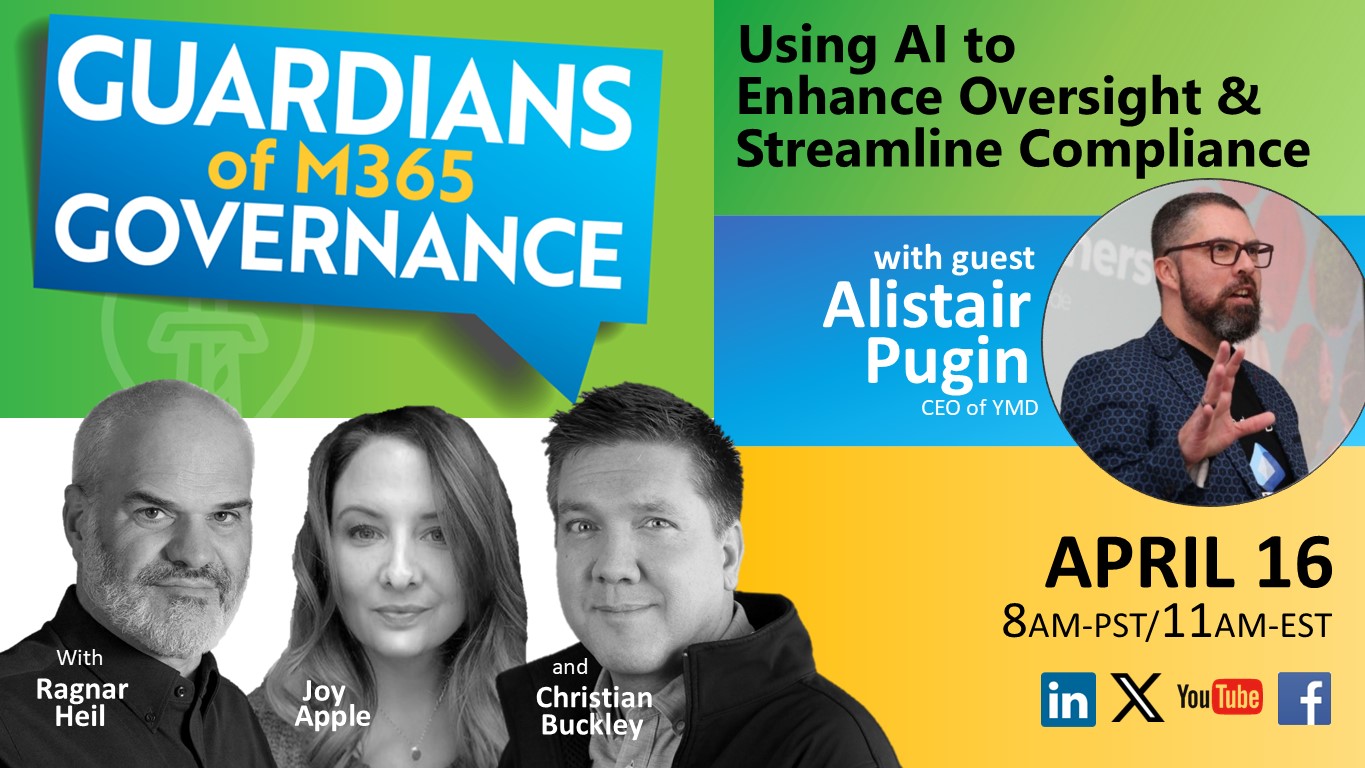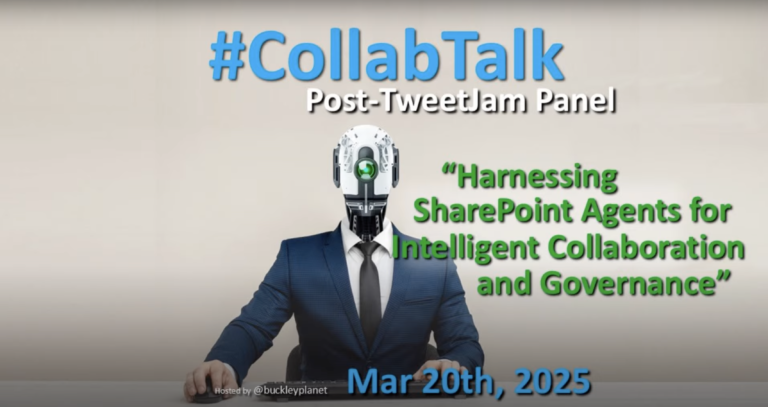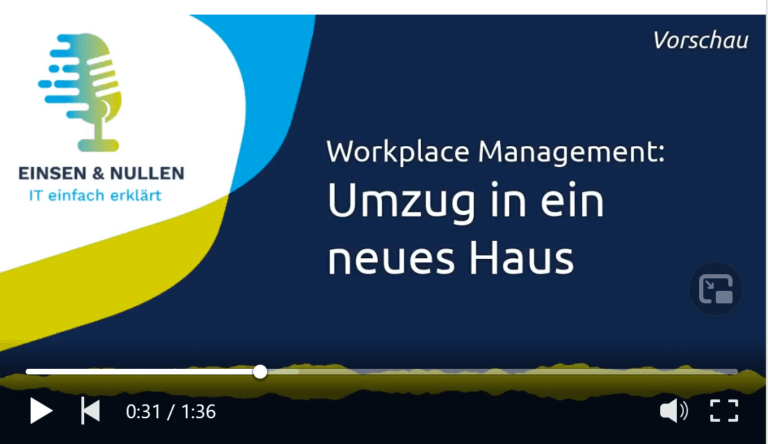Using AI to Enhance Oversight & Streamline Compliance
In the latest episode of #GoM365gov (Episode 16), Guardians of M365 Governance hosts Ragnar Heil, Joy Apple, and Christian Buckley welcome dual Security and M365 MVP Alistair Pugin to delve into the transformative potential of AI for government compliance and oversight functions. As public sector organizations face increasing regulatory demands with limited resources, artificial intelligence offers promising solutions to enhance efficiency while maintaining rigorous standards.
Compliance Challenges in Government
Government agencies operate under unique constraints, balancing strict regulatory requirements with public service obligations. Common challenges highlighted in the episode include:
- Managing vast volumes of documentation across disparate systems
- Maintaining consistency in compliance processes with limited staff
- Tracking regulatory changes across multiple jurisdictions
- Addressing backlogs in oversight functions due to resource limitations
- Ensuring transparency while protecting sensitive information
The hosts emphasize that these challenges have intensified in recent years, with many agencies struggling to keep pace with evolving requirements using traditional manual processes.
AI as a Compliance Multiplier
The episode explores how AI technologies are fundamentally changing how compliance functions operate by:
- Automating document review: AI systems can scan thousands of documents to identify potential compliance issues, reducing the need for exhaustive manual review and allowing staff to focus on addressing flagged concerns.
- Pattern recognition: Advanced algorithms detect anomalies across datasets that might indicate compliance risks, catching subtle issues human reviewers might miss.
- Risk assessment: AI-powered tools provide predictive analytics to prioritize oversight activities based on risk profiles, ensuring resources target the highest-risk areas.
- Process streamlining: Workflow automation reduces administrative burden while maintaining robust compliance documentation.
Real-World Implementation Examples
The discussion highlights several successful implementations:
- A federal agency using natural language processing to review contract documentation, reducing review time by 70% while increasing issue detection by 35%
- A state government leveraging machine learning to monitor program spending patterns across departments, identifying potential compliance issues before they become significant problems
- A municipal government implementing AI-assisted case management for regulatory oversight, clearing a substantial backlog while improving consistency
Deployment Considerations
The hosts emphasize thoughtful implementation is critical for success:
- Start with defined use cases: Begin with well-scoped projects addressing specific compliance pain points rather than attempting comprehensive transformation
- Human-AI collaboration: Position AI as an enhancement to human expertise, not a replacement
- Data quality focus: Ensure underlying data is accurate and comprehensive
- Continuous learning: Implement feedback loops to improve AI system performance over time
- Change management: Invest in training and communication to build staff confidence in AI-assisted processes
Ethical and Practical Guardrails
The episode addresses important considerations for responsible AI use in compliance contexts:
- Transparency in algorithms: Understanding how AI systems reach conclusions is essential for accountability
- Bias prevention: Regular auditing to identify and address potential bias in automated processes
- Appropriate oversight: Clear protocols for human review of AI-flagged issues
- Privacy protection: Robust safeguards for sensitive information processed by AI systems
Looking Forward
The hosts conclude by discussing emerging trends in AI-enhanced compliance, including:
- Integration of AI with blockchain for immutable compliance records
- Cross-agency collaboration through shared AI platforms
- Enhanced citizen service through AI-powered compliance support
The episode emphasizes that while challenges remain, AI technologies represent a significant opportunity for government agencies to enhance compliance functions while improving service delivery. The key to success lies in thoughtful implementation that augments human expertise rather than attempting to replace it.
As regulatory environments grow increasingly complex, AI-powered tools offer a path for government organizations to maintain rigorous oversight while operating within resource constraints.
Listen to this Episode using your favorite Podcast Player like Spotify






